Norman Brown - Just Between Us (2008)
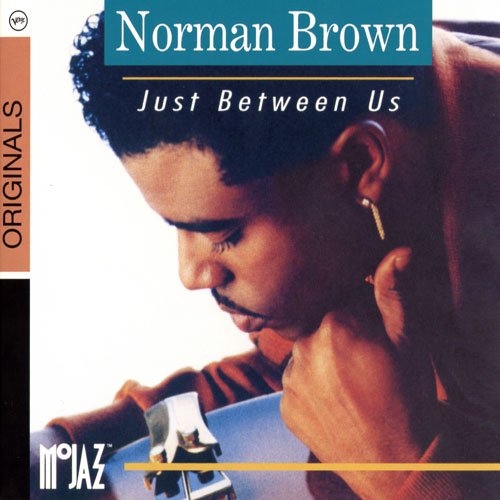
Artist: Norman Brown
Title: Just Between Us
Year Of Release: 1992 / 2008
Label: Verve
Genre: Smooth Jazz
Quality: FLAC (tracks + .cue, log, artwork) / MP3
Total Time: 59:45 min
Total Size: 403 MB / 144 MB
WebSite: Album Preview
Tracklist:Title: Just Between Us
Year Of Release: 1992 / 2008
Label: Verve
Genre: Smooth Jazz
Quality: FLAC (tracks + .cue, log, artwork) / MP3
Total Time: 59:45 min
Total Size: 403 MB / 144 MB
WebSite: Album Preview
01. Stormin' [6:10]
02. Just Between Us [5:09]
03. East Meets West [5:24]
04. Love's Holiday [5:47]
05. It's A Feelin' [4:00]
06. Too High [5:11]
07. Something Just For You [5:26]
08. Here To Stay [6:32]
09. Moonlight Tonight [5:36]
10. Sweet Taste [4:26]
11. Inside [6:04]
Personnel:
Norman Brown - guitar, vocals;
Ronnie Laws - soprano saxophone;
Gerald Albright, Kirk Whalum - saxophone;
Gary Bias, Jeffrey Clayton - saxophone, flute;
Raymond Brown - trumpet;
Reginald Young - trombone;
Bobby Lyle - piano;
Laryr Farrow, Herman Jackson, Jerry Peters, Wayne "Ziggy" Linsey - keyboards;
Brian Simpson - keyboards, programming;
Al McKay - guitars;
Verdine White, Sam Sims, Richard Patterson - bass;
Chuck Morris, Mike Baker - drums;
Paulinho Da Costa, Land Richards, Darryl Munyungo Jackson - percussion;
Juewett Bostick - programming;
Stevie Wonder - vocals, harmonica;
Perri, Boyz II Men, Denise Stewart - background vocals.
When Motown released Norman Brown's Just Between Us in 1992, the occasion marked not only the guitarist's first effort, but also the first release on Motown's new contemporary jazz imprint MoJazz. Ultimately, the guitarist fared better than the label did. Brown's debut hit the street at a peak of sorts for the contemporary/smooth jazz genre. The music recorded in music studios that concentrated on creating easily identifiable grooves over improvisation for the pleasure of listeners who also liked funk and soul had become a highly marketable brand and was achieving record numbers in sales. Critics hated it -- for the most part -- and referred to it as "elevator music with a beat" or "the new disco" (as if the latter were a bad thing).
Brown's obvious gift on his instrument caught jazz critics by surprise. This man could not only groove, but he was a monster player and improviser. It was obvious from the first notes of "Stormin'," the album's opening cut, that Brown had been deeply influenced by George Benson, but also some of the other revered soul-jazz players of the past, like Billy Butler and George Freeman. What they didn't take into account was that Brown knew a lot about making records coming into the process. He arranged the majority of the material here and had spent considerable time with the album's chief producer, drummer, composer, and recording artist, Norman Connors, who had enjoyed a string of hits after coming out of the "spiritual" soul-jazz era" of the '70s to become a major chart player.
Brown's sound may have owed to Benson, but there was so much soul in his playing, and it was also so deeply rooted in adult urban soul of the period, that it transcended the club and youth scenes and appealed to adults. Brown and Connors worked up an album that stands almost as tall as his commercial breakthrough, and indeed primed him for it. After the Storm was huge, it remained on the Top 200 chart for two years. The strange thing is that Just Between Us may be the better album musically. Brown wrote eight of the set's 11 tracks, and each of them was a potential single. Whether it was the deep groove consciousness of "Stormin," the slippery, blessed-out romantic interlude that is the title track, the tough but polished funk that is "East Meets West," with beautifully textured dual keyboard lines and some wonderful hand percussion by Paulinho Da Costa, or the lithe, uptown soul vamp at the heart of the album's closer "Inside"; all of his melodies were infectious and memorable. What's more, Brown's guitar had an edge in its tone that bit harder than Benson's (at the time, anyway, because Benson was singing a lot more than playing). He used it as a human voice: it literally sung, whether playing the raw sensual melodies or offering small flights of fiery streetw.
Brown's obvious gift on his instrument caught jazz critics by surprise. This man could not only groove, but he was a monster player and improviser. It was obvious from the first notes of "Stormin'," the album's opening cut, that Brown had been deeply influenced by George Benson, but also some of the other revered soul-jazz players of the past, like Billy Butler and George Freeman. What they didn't take into account was that Brown knew a lot about making records coming into the process. He arranged the majority of the material here and had spent considerable time with the album's chief producer, drummer, composer, and recording artist, Norman Connors, who had enjoyed a string of hits after coming out of the "spiritual" soul-jazz era" of the '70s to become a major chart player.
Brown's sound may have owed to Benson, but there was so much soul in his playing, and it was also so deeply rooted in adult urban soul of the period, that it transcended the club and youth scenes and appealed to adults. Brown and Connors worked up an album that stands almost as tall as his commercial breakthrough, and indeed primed him for it. After the Storm was huge, it remained on the Top 200 chart for two years. The strange thing is that Just Between Us may be the better album musically. Brown wrote eight of the set's 11 tracks, and each of them was a potential single. Whether it was the deep groove consciousness of "Stormin," the slippery, blessed-out romantic interlude that is the title track, the tough but polished funk that is "East Meets West," with beautifully textured dual keyboard lines and some wonderful hand percussion by Paulinho Da Costa, or the lithe, uptown soul vamp at the heart of the album's closer "Inside"; all of his melodies were infectious and memorable. What's more, Brown's guitar had an edge in its tone that bit harder than Benson's (at the time, anyway, because Benson was singing a lot more than playing). He used it as a human voice: it literally sung, whether playing the raw sensual melodies or offering small flights of fiery streetw.
Related Releases:

![Demo Rumudo - Second Nature (2025) [Hi-Res] Demo Rumudo - Second Nature (2025) [Hi-Res]](https://www.dibpic.com/uploads/posts/2025-12/1765883076_cover.jpg)
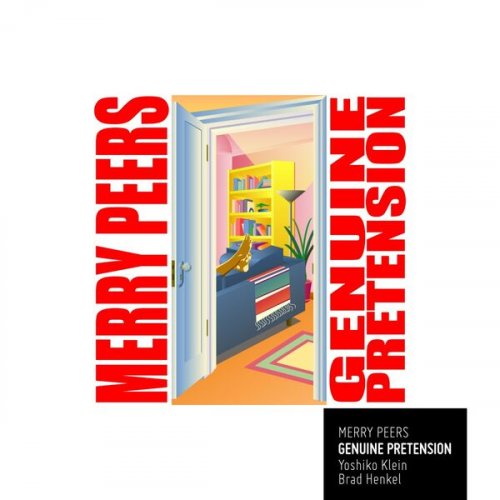
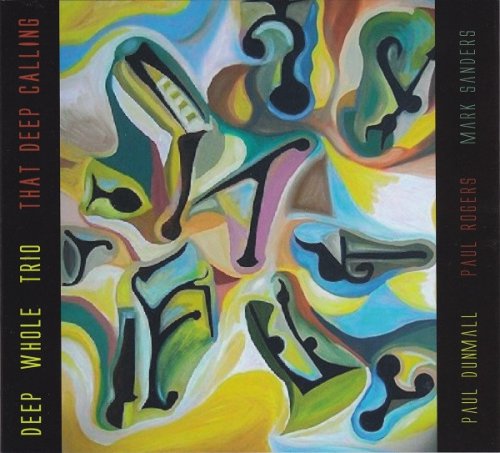
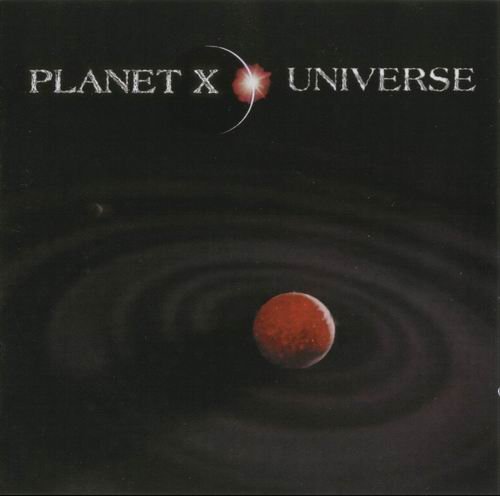

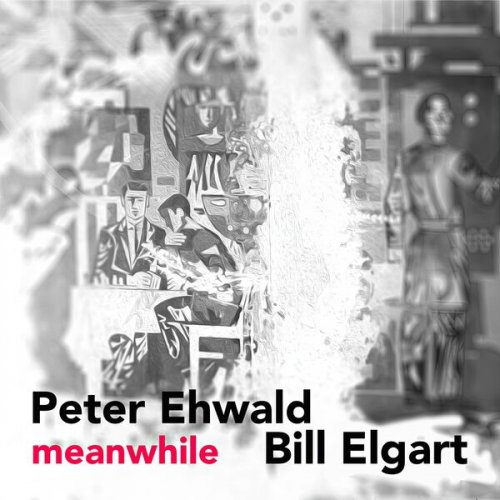
![Travis Jenkins Piano Trio - Jazz in Meanjin 020 (Live at JMI) (2025) [Hi-Res] Travis Jenkins Piano Trio - Jazz in Meanjin 020 (Live at JMI) (2025) [Hi-Res]](https://www.dibpic.com/uploads/posts/2025-12/1765862611_a2068783921_10.jpg)
